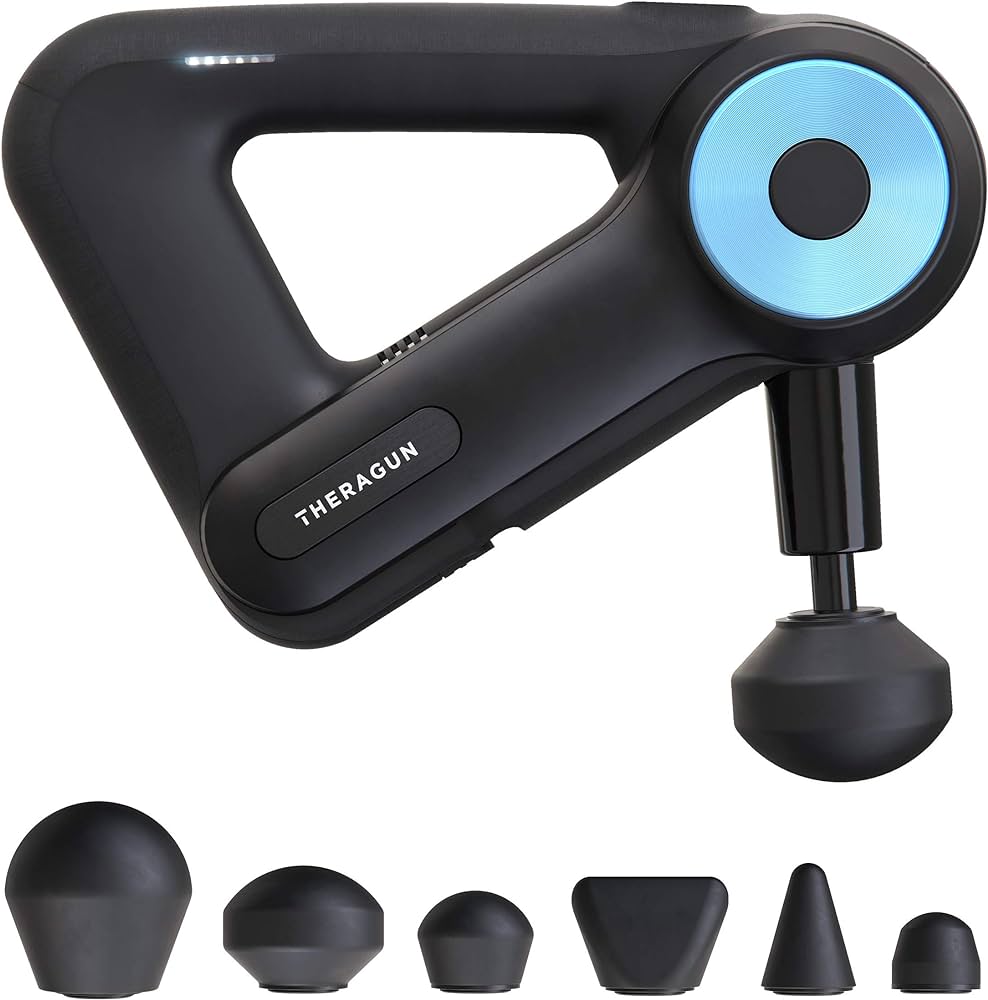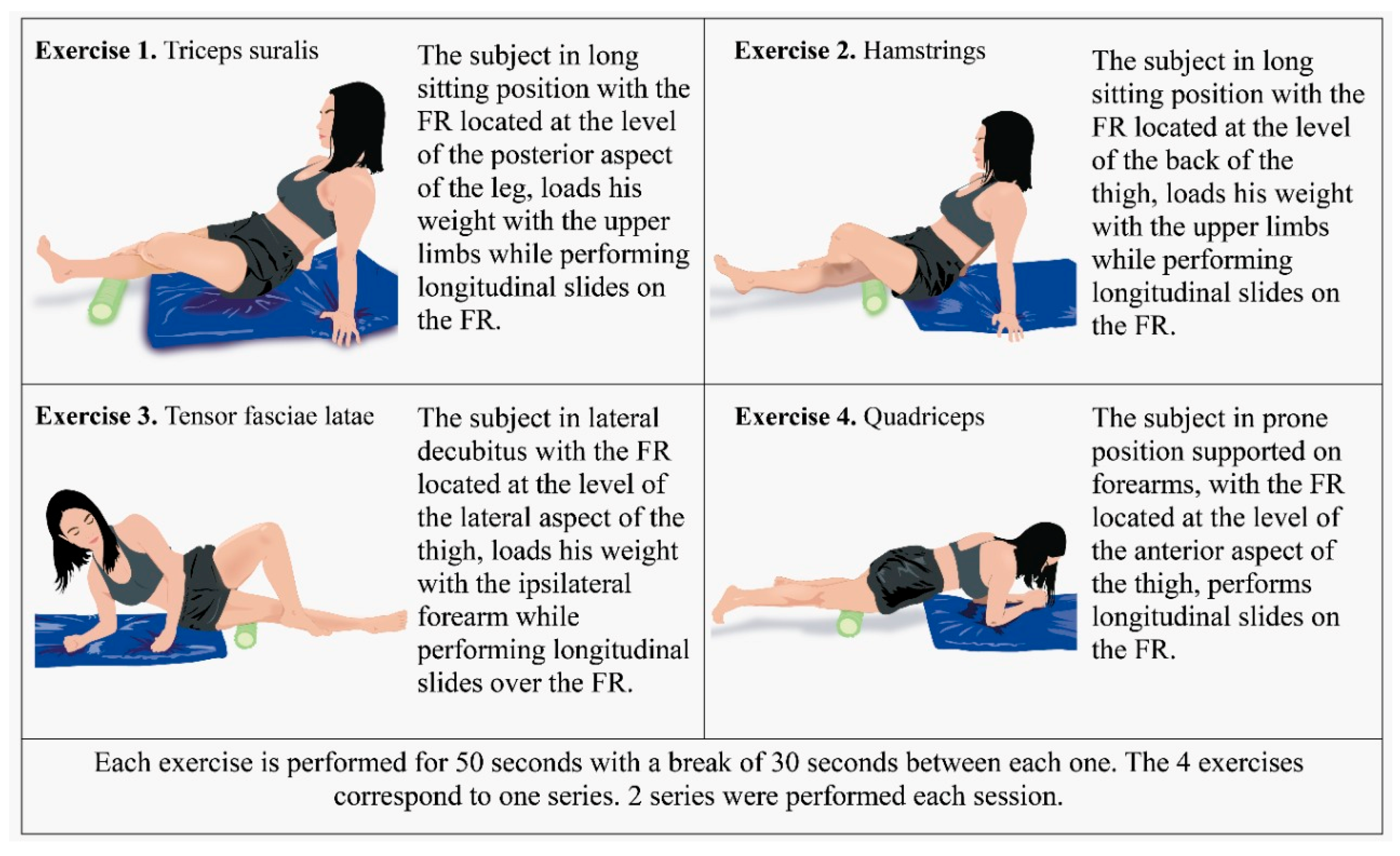Physical Address
304 North Cardinal St.
Dorchester Center, MA 02124

Myofascial release techniques in sports physical therapy focus on releasing tension in the fascia to improve mobility and reduce pain. These manual therapy techniques are commonly used by sports physical therapists to address musculoskeletal issues that may arise due to overuse, injury, or poor posture.
Myofascial release involves applying sustained pressure to the fascia, the connective tissue that surrounds muscles, to release restrictions and improve blood flow. By releasing these restrictions, athletes can experience improved range of motion, enhanced performance, and faster recovery times. This form of therapy can play a crucial role in keeping athletes at their peak physical condition and preventing injuries.
We will explore the benefits and techniques of myofascial release in sports physical therapy.

Credit: www.mdpi.com
What is Myofascial Release?
Myofascial Release is a manual therapy technique that focuses on releasing tightness and tension in the fascia, the thin layer of connective tissue that surrounds muscles and organs.
Fascia plays a crucial role in providing support and stability to the body. It can become tight or restricted due to injury, overuse, or poor posture, leading to pain and limited range of motion.

Credit: www.amazon.com
Myofascial release techniques play a crucial role in optimizing sports performance by addressing muscular tension and imbalances.
Myofascial release techniques are an essential component of sports physical therapy, aiding in the prevention and treatment of injuries, as well as enhancing athletic performance. In the context of sports physical therapy, specific myofascial release techniques are commonly employed to target areas of muscular tension, adhesions, and restricted movement. The following are some of the most frequently used myofascial release techniques in sports physical therapy:
Foam rolling, also known as self-myofascial release, involves using a foam roller to apply pressure to specific points on the body, promoting the release of tension within the myofascial system. This technique is effective in breaking down adhesions and improving blood flow to the muscles, aiding in post-exercise recovery and reducing muscle soreness.
IASTM is a myofascial release technique that utilizes specialized instruments, such as stainless steel or plastic tools, to detect and treat fascial restrictions, scar tissue, and muscular adhesions. By gliding these instruments over the skin, therapists can effectively target and break down areas of fibrous tissue, promoting improved range of motion, flexibility, and overall tissue health.
Integrating myofascial release techniques in sports rehabilitation programs can significantly improve athletes’ recovery and performance. Using specific manual pressure and stretching, these techniques target the fascia, releasing tension and improving flexibility and range of motion, making them highly beneficial for treating sports-related injuries.
Integrating Myofascial Release into Sports Rehabilitation Programs
Pre-Training and Post-Training Applications
Myofascial release techniques have become an integral part of sports rehabilitation programs. By incorporating these techniques into both pre-training and post-training sessions, athletes can optimize their performance and minimize the risk of injuries. Let’s delve into the specific applications of myofascial release in sports rehabilitation.
Pre-Training Applications
Before engaging in any physical activity, it is crucial for athletes to prepare their bodies for the demands of training. Myofascial release plays a significant role in the pre-training phase by improving tissue flexibility, promoting blood circulation, and enhancing overall range of motion. These techniques help athletes get the most out of their training sessions, ensuring that their muscles are primed and ready for optimal performance.
Here are some key aspects of myofascial release techniques in the pre-training phase:
1. Self-Myofascial Release (SMR): Athletes can utilize foam rollers, massage balls, or other tools to apply pressure to specific areas of their bodies. This technique helps release muscle tightness and increase flexibility. For instance, by rolling the foam roller along the IT band, athletes can alleviate tension and enhance mobility in the hips and knees.
2. Dynamic Stretching: Myofascial release can be combined with dynamic stretching exercises to prepare the body for the training ahead. Dynamic stretching enhances muscle activation, fine-tunes motor control, and warms up the connective tissues. Incorporating myofascial release into dynamic stretching routines ensures that athletes are adequately primed, reducing the risk of muscle strains or tears during training.
Post-Training Applications
After an intense training session, the body typically accumulates metabolic waste products, such as lactic acid, and experiences muscle tightness and fatigue. Myofascial release techniques in the post-training phase aim to expedite the recovery process, reduce muscle soreness, and prevent post-workout injuries.
Here are a few aspects of myofascial release techniques in the post-training phase:
1. Soft Tissue Mobilization: Therapists or sports trainers may use manual techniques, such as the Active Release Technique (ART) or Instrument-Assisted Soft Tissue Mobilization (IASTM), to release adhesions within muscle fibers. These techniques help break down scar tissue, improve blood flow, and restore elasticity to the soft tissues. By incorporating myofascial release into post-training protocols, athletes can expedite their recovery and reduce the risk of overuse injuries.
2. Trigger Point Release: Trigger points are areas of hyperirritability within the muscle, often causing referred pain or restricted range of motion. Myofascial release techniques, such as applying sustained pressure or using massage tools directly on these trigger points, can alleviate pain and restore normal muscle function. By incorporating trigger point release into post-training sessions, athletes can address localized areas of tension and prevent the development of chronic muscular imbalances.
Injury Prevention and Recovery Strategies
Myofascial release techniques serve as invaluable tools in both injury prevention and recovery strategies. By incorporating these techniques into sports rehabilitation programs, athletes can optimize their performance, reduce the risk of injuries, and expedite the recovery process. Whether implemented in the pre-training or post-training phase, myofascial release techniques play a vital role in ensuring athletes stay in prime physical condition and perform at their best.
In recent years, myofascial release techniques have gained increasing recognition for their effectiveness in enhancing sports performance and facilitating recovery. As athletes and sports professionals continue to seek innovative ways to optimize their training and rehabilitation, the future of myofascial release holds great promise. This article explores advancements in myofascial release technology and the emerging research and evidence supporting its use, highlighting the potential to revolutionize the way athletes approach sports performance and recovery.
As the demand for myofascial release techniques grows, so does the need for advanced technology to enhance these practices. Remarkable advancements have been made to provide athletes and sports professionals with cutting-edge tools and devices, allowing for more precise and targeted myofascial release. These technological advancements include:
With the growing interest in myofascial release, researchers have intensified their efforts to explore its mechanisms and benefits. The emerging research highlights the efficacy of myofascial release techniques in the realm of sports performance and recovery. Studies demonstrate its potential to:
The growing body of evidence supporting myofascial release techniques in sports performance and recovery is paving the way for a future where athletes and sports professionals can harness the full potential of these practices.

Credit: avidsportsmed.com
Physical therapy myofascial release is a hands-on technique to release muscle tension and improve range of motion. It targets the fascia, a connective tissue surrounding muscles, to reduce pain and stiffness.
The names of myofascial release techniques include the following: foam rolling, deep tissue massage, trigger point therapy, and Rolfing.
Myofascial release is a technique that targets the connective tissue surrounding muscles. It helps improve flexibility, reduce pain, and enhance mobility. By applying pressure to release tension, it can boost overall fitness performance.
The MFR release technique is a manual therapy technique that uses gentle sustained pressure on the myofascial tissues to relieve pain and restore mobility. It helps release tightness and restrictions in the fascia, the connective tissue that supports and surrounds muscles, bones, and organs.
Myofascial release techniques are valuable for athletes in managing pain and improving performance. Incorporating these techniques into sports physical therapy can aid in preventing injuries and supporting overall well-being. By understanding the principles and benefits of myofascial release, athletes can optimize their training and recovery for better results.

